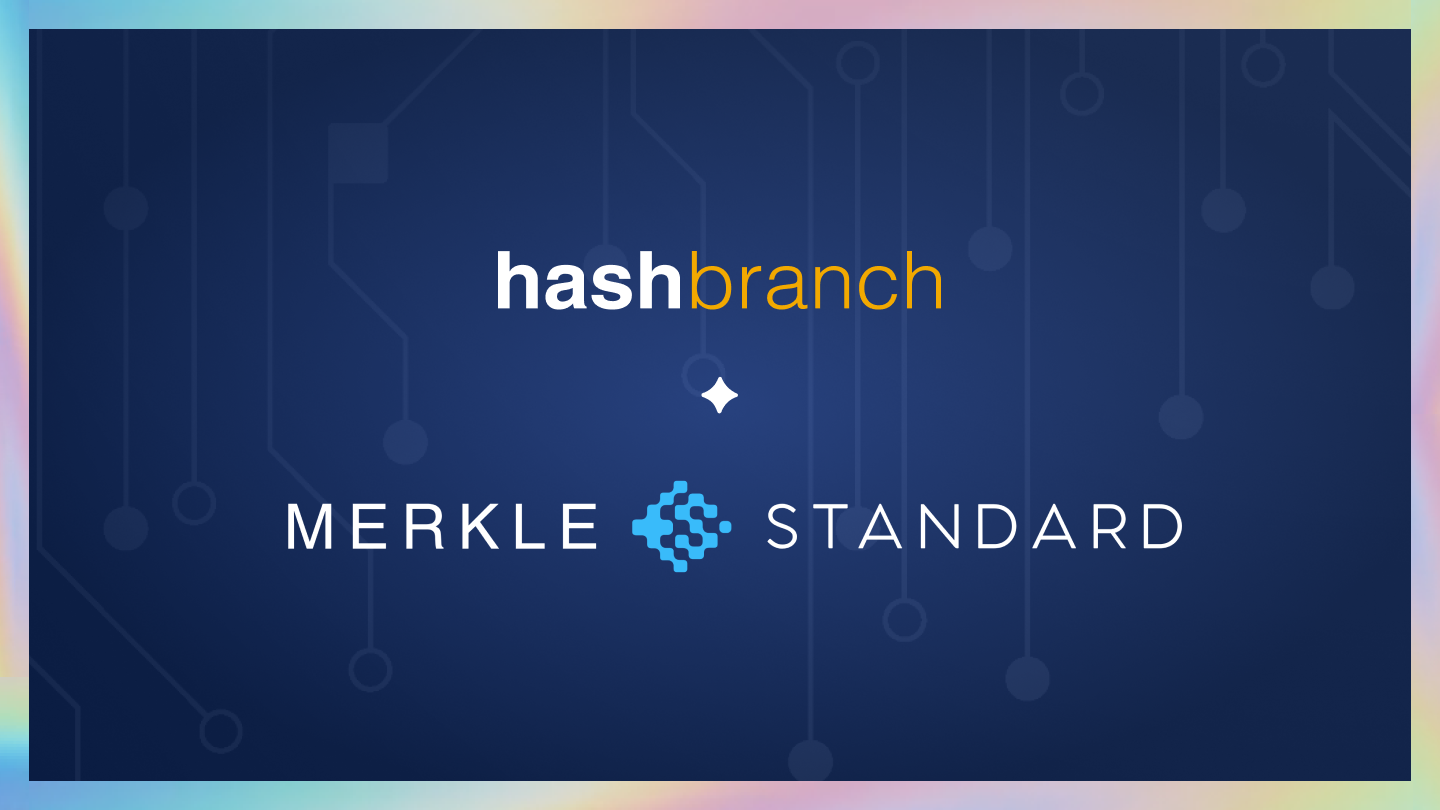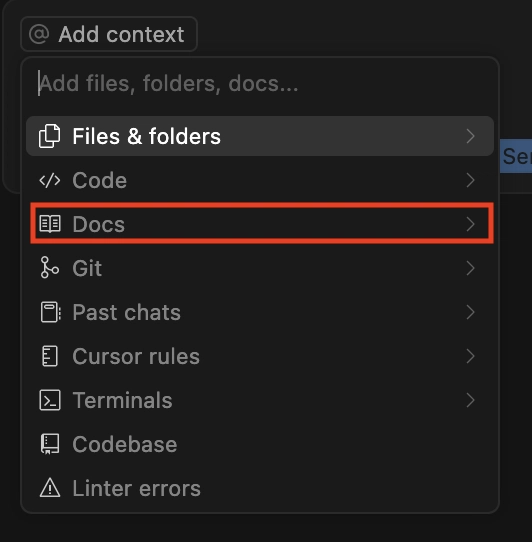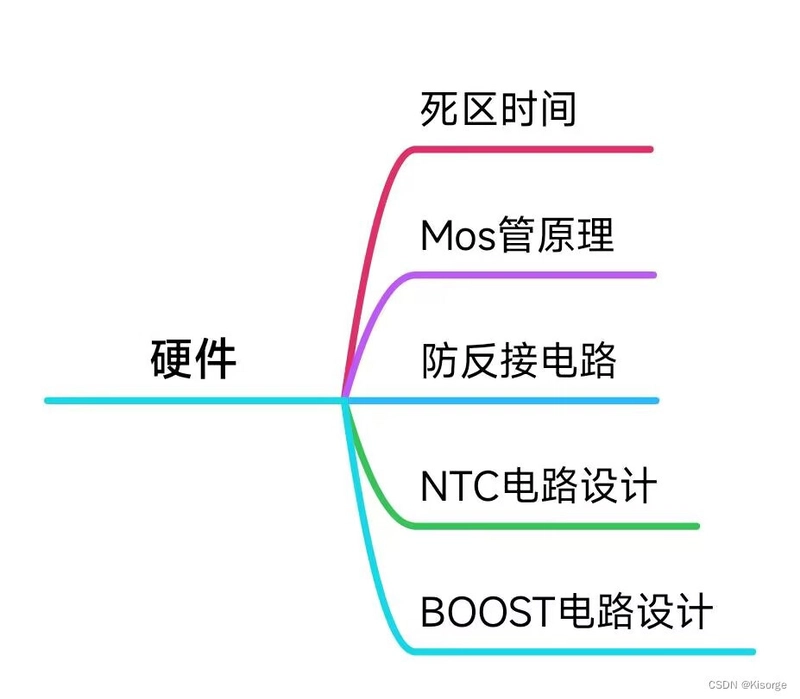How to create an effective application security Program: Strategies, methods and tools for optimal results
AppSec is a multifaceted and robust approach that goes beyond simple vulnerability scanning and remediation. The constantly changing threat landscape, in conjunction with the rapid pace of technological advancement and the growing intricacy of software architectures, calls for a holistic, proactive approach that seamlessly incorporates security into every phase of the development lifecycle. This comprehensive guide will help you understand the fundamental elements, best practices, and cutting-edge technology that help to create the highly effective AppSec programme. It empowers companies to increase the security of their software assets, mitigate risks and foster a security-first culture. At the center of a successful AppSec program is an important shift in perspective, one that recognizes security as a crucial part of the process of development, rather than a thoughtless or separate endeavor. This paradigm shift requires close cooperation between security, developers, operational personnel, and others. https://sites.google.com/view/howtouseaiinapplicationsd8e/gen-ai-in-appsec It eliminates silos, fosters a sense of shared responsibility, and encourages an open approach to the security of applications that are developed, deployed or manage. DevSecOps helps organizations incorporate security into their processes for development. This means that security is considered in all phases of development, from concept, development, and deployment all the way to the ongoing maintenance. Central to this collaborative approach is the development of clear security policies standards, guidelines, and standards which provide a structure to secure coding practices, vulnerability modeling, and threat management. These guidelines must be based on industry best practices such as the OWASP top 10 list, NIST guidelines, and the CWE. They should also take into consideration the specific requirements and risk profiles of an organization's applications and the business context. These policies should be codified and easily accessible to all interested parties, so that organizations can have a uniform, standardized security process across their whole portfolio of applications. In order to implement these policies and to make them applicable for development teams, it's vital to invest in extensive security education and training programs. These programs should be designed to provide developers with the know-how and expertise required to write secure code, spot the potential weaknesses, and follow security best practices throughout the development process. The training should cover a broad array of subjects such as secure coding techniques and the most common attack vectors, to threat modelling and secure architecture design principles. Companies can create a strong base for AppSec by encouraging an environment that encourages ongoing learning and providing developers with the resources and tools they require to integrate security into their daily work. Organizations should implement security testing and verification procedures as well as training programs to detect and correct vulnerabilities prior to exploiting them. This requires a multi-layered method that combines static and dynamic techniques for analysis and manual code reviews as well as penetration testing. The development phase is in its early phases, Static Application Security Testing tools (SAST) are a great tool to detect vulnerabilities like SQL Injection, cross-site scripting (XSS) and buffer overflows. Dynamic Application Security Testing tools (DAST) are on the other hand, can be utilized to test simulated attacks against applications in order to detect vulnerabilities that could not be detected by static analysis. These automated tools are very effective in discovering weaknesses, but they're far from being an all-encompassing solution. Manual penetration testing conducted by security experts is equally important to uncovering complex business logic-related flaws that automated tools may fail to spot. Combining automated testing with manual validation, organizations can get a greater understanding of their application security posture and make a decision on the best remediation strategy based upon the impact and severity of the vulnerabilities identified. Companies should make use of advanced technologies, such as machine learning and artificial intelligence to improve their capabilities in security testing and vulnerability assessments. AI-powered tools are able to look over large amounts of data from applications and code and detect patterns and anomalies which may indicate security issues. They also learn from previous vulnerabilities and attack patterns, continuously improving their abilities to identify and avoid emerging security threats. One particular application that is highly promising for AI in AppSec is the use of code property graphs (CPGs) to provide an accurate and more efficient vulnerability detection and remediation. CPGs are a detaile
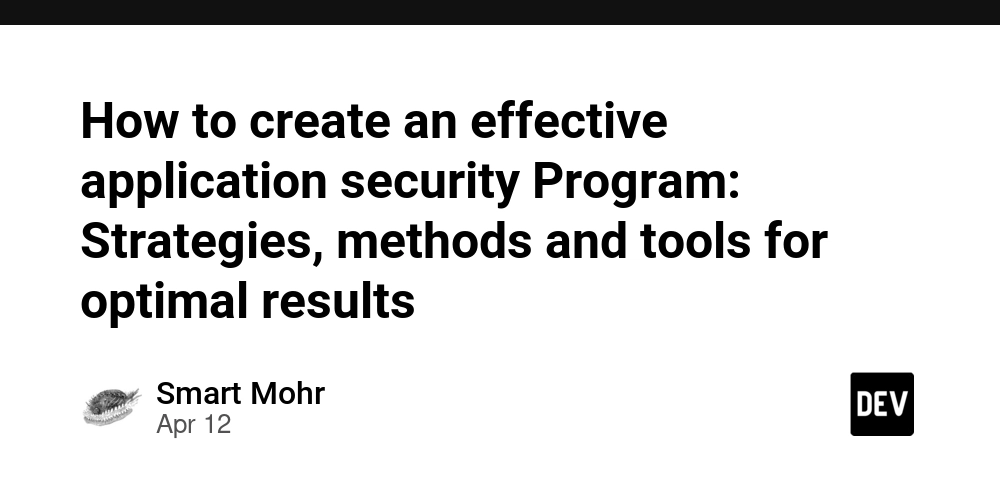
AppSec is a multifaceted and robust approach that goes beyond simple vulnerability scanning and remediation. The constantly changing threat landscape, in conjunction with the rapid pace of technological advancement and the growing intricacy of software architectures, calls for a holistic, proactive approach that seamlessly incorporates security into every phase of the development lifecycle. This comprehensive guide will help you understand the fundamental elements, best practices, and cutting-edge technology that help to create the highly effective AppSec programme. It empowers companies to increase the security of their software assets, mitigate risks and foster a security-first culture.
At the center of a successful AppSec program is an important shift in perspective, one that recognizes security as a crucial part of the process of development, rather than a thoughtless or separate endeavor. This paradigm shift requires close cooperation between security, developers, operational personnel, and others. https://sites.google.com/view/howtouseaiinapplicationsd8e/gen-ai-in-appsec It eliminates silos, fosters a sense of shared responsibility, and encourages an open approach to the security of applications that are developed, deployed or manage. DevSecOps helps organizations incorporate security into their processes for development. This means that security is considered in all phases of development, from concept, development, and deployment all the way to the ongoing maintenance.
Central to this collaborative approach is the development of clear security policies standards, guidelines, and standards which provide a structure to secure coding practices, vulnerability modeling, and threat management. These guidelines must be based on industry best practices such as the OWASP top 10 list, NIST guidelines, and the CWE. They should also take into consideration the specific requirements and risk profiles of an organization's applications and the business context. These policies should be codified and easily accessible to all interested parties, so that organizations can have a uniform, standardized security process across their whole portfolio of applications.
In order to implement these policies and to make them applicable for development teams, it's vital to invest in extensive security education and training programs. These programs should be designed to provide developers with the know-how and expertise required to write secure code, spot the potential weaknesses, and follow security best practices throughout the development process. The training should cover a broad array of subjects such as secure coding techniques and the most common attack vectors, to threat modelling and secure architecture design principles. Companies can create a strong base for AppSec by encouraging an environment that encourages ongoing learning and providing developers with the resources and tools they require to integrate security into their daily work.
Organizations should implement security testing and verification procedures as well as training programs to detect and correct vulnerabilities prior to exploiting them. This requires a multi-layered method that combines static and dynamic techniques for analysis and manual code reviews as well as penetration testing. The development phase is in its early phases, Static Application Security Testing tools (SAST) are a great tool to detect vulnerabilities like SQL Injection, cross-site scripting (XSS) and buffer overflows. Dynamic Application Security Testing tools (DAST) are on the other hand, can be utilized to test simulated attacks against applications in order to detect vulnerabilities that could not be detected by static analysis.
These automated tools are very effective in discovering weaknesses, but they're far from being an all-encompassing solution. Manual penetration testing conducted by security experts is equally important to uncovering complex business logic-related flaws that automated tools may fail to spot. Combining automated testing with manual validation, organizations can get a greater understanding of their application security posture and make a decision on the best remediation strategy based upon the impact and severity of the vulnerabilities identified.
Companies should make use of advanced technologies, such as machine learning and artificial intelligence to improve their capabilities in security testing and vulnerability assessments. AI-powered tools are able to look over large amounts of data from applications and code and detect patterns and anomalies which may indicate security issues. They also learn from previous vulnerabilities and attack patterns, continuously improving their abilities to identify and avoid emerging security threats.
One particular application that is highly promising for AI in AppSec is the use of code property graphs (CPGs) to provide an accurate and more efficient vulnerability detection and remediation. CPGs are a detailed representation of an application’s codebase that captures not only its syntactic structure but as well as the intricate dependencies and connections between components. AI-driven software that makes use of CPGs can perform an in-depth, contextual analysis of the security posture of an application. They will identify security vulnerabilities that may be missed by traditional static analyses.
Furthermore, CPGs can enable automated vulnerability remediation with the use of AI-powered repair and code transformation. In order to understand the semantics of the code and the nature of the vulnerabilities, AI algorithms can generate specific, contextually-specific solutions that solve the root cause of the problem instead of just treating the symptoms. This strategy not only speed up the remediation process but also reduces the risk of introducing new security vulnerabilities or breaking functionality that is already in place.
Integrating security testing and validation into the continuous integration/continuous deployment (CI/CD) pipeline is another crucial element of a highly effective AppSec. Through automating security checks and integrating them into the process of building and deployment, organizations can catch vulnerabilities early and avoid them being introduced into production environments. The shift-left security approach allows for more efficient feedback loops and decreases the time and effort needed to discover and fix vulnerabilities.
To attain the level of integration required, enterprises must invest in right tooling and infrastructure for their AppSec program. The tools should not only be used for security testing and testing, but also the platforms and frameworks which enable integration and automation. Containerization technology like Docker and Kubernetes are crucial in this regard, since they provide a reproducible and reliable environment for security testing as well as separating vulnerable components.
Alongside technical tools efficient platforms for collaboration and communication can be crucial in fostering an environment of security and helping teams across functional lines to work together effectively. learn how Jira and GitLab are issue tracking systems which can assist teams in managing and prioritize weaknesses. Tools for messaging and chat like Slack and Microsoft Teams facilitate real-time knowledge sharing and collaboration between security professionals.
In the end, the performance of an AppSec program is not just on the tools and techniques employed, but also on the people and processes that support them. In order to create a culture of security, you must have the commitment of leaders, clear communication and a dedication to continuous improvement. The right environment for organizations can be created that makes security more than a box to check, but rather an integral element of development by encouraging a shared sense of responsibility by encouraging dialogue and collaboration as well as providing support and resources and creating a culture where security is an obligation shared by all.
In order for their AppSec programs to continue to work over time, organizations need to establish significant metrics and key-performance indicators (KPIs). These KPIs will help them track their progress and identify improvements areas. These metrics should cover the whole lifecycle of the application starting from the number and type of vulnerabilities found during development, to the time it takes to address issues, and then the overall security measures. These indicators can be used to demonstrate the value of AppSec investment, to identify trends and patterns, and help organizations make data-driven choices about the areas they should concentrate their efforts.
Furthermore, companies must participate in ongoing educational and training initiatives to keep pace with the ever-changing security landscape and new best practices. Attending industry conferences or online classes, or working with experts in security and research from the outside can allow you to stay informed on the latest trends. Through fostering a culture of continuous learning, companies can assure that their AppSec program remains adaptable and resilient in the face of new threats and challenges.
It is vital to remember that security of applications is a constant procedure that requires continuous investment and commitment. As new technology emerges and development methods evolve and change, companies need to constantly review and modify their AppSec strategies to ensure they remain efficient and in line with their objectives. By embracing a mindset that is constantly improving, encouraging collaboration and communication, and harnessing the power of modern technologies such as AI and CPGs, organizations can build a robust, flexible AppSec program that protects their software assets, but helps them innovate with confidence in an ever-changing and challenging digital landscape.learn how







































































































































































![[The AI Show Episode 144]: ChatGPT’s New Memory, Shopify CEO’s Leaked “AI First” Memo, Google Cloud Next Releases, o3 and o4-mini Coming Soon & Llama 4’s Rocky Launch](https://www.marketingaiinstitute.com/hubfs/ep%20144%20cover.png)














































































































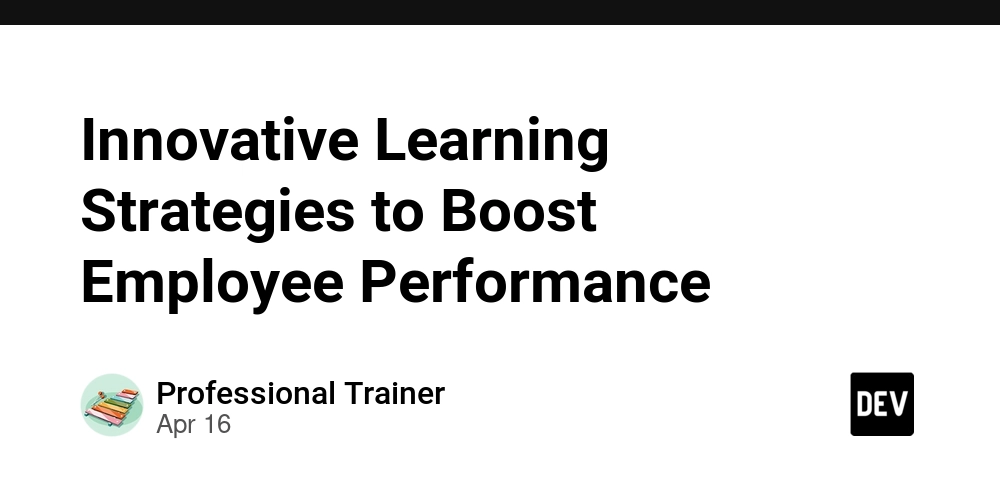





















































































![Blue Archive tier list [April 2025]](https://media.pocketgamer.com/artwork/na-33404-1636469504/blue-archive-screenshot-2.jpg?#)


































.png?#)














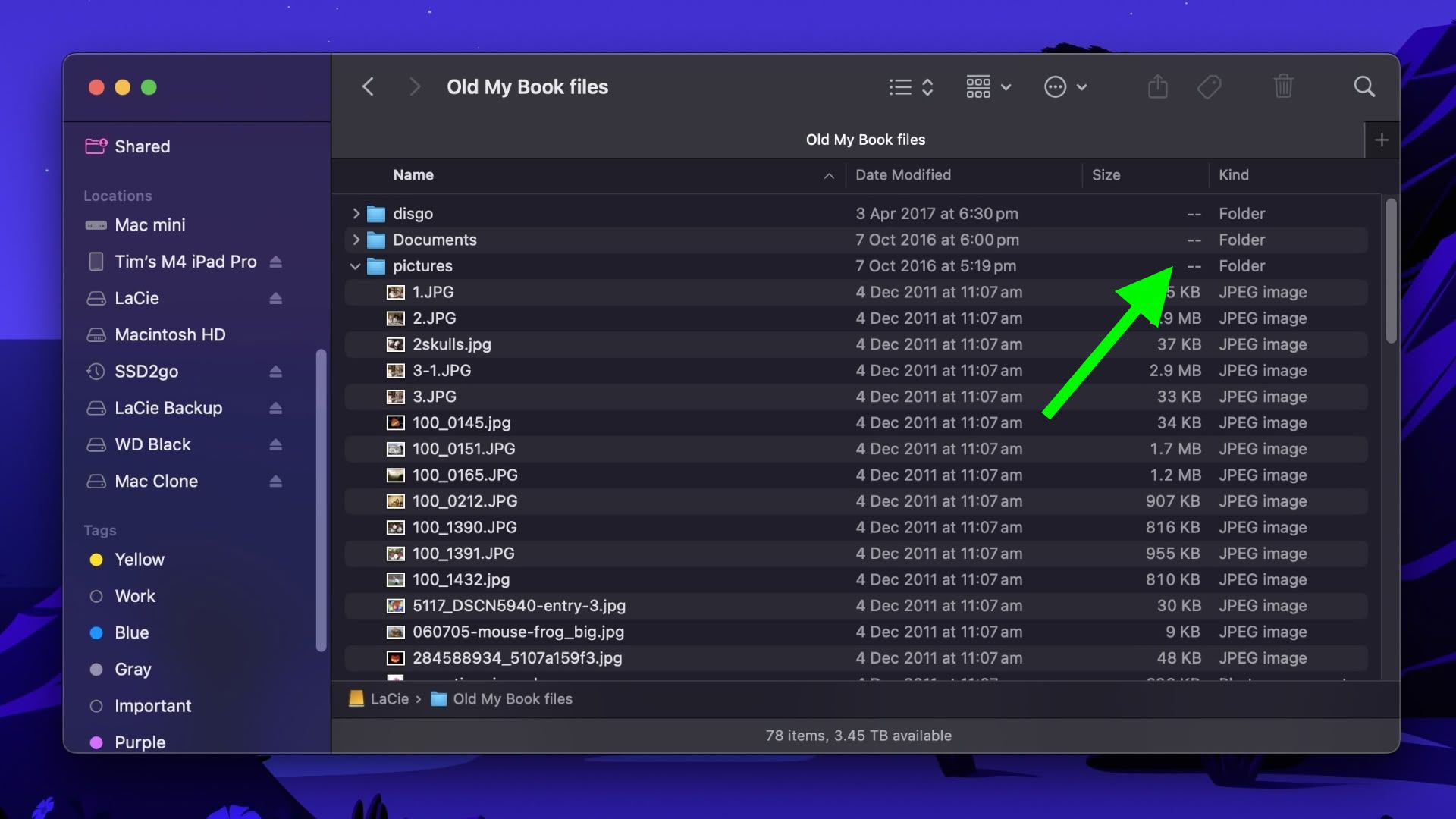



















.webp?#)






















































































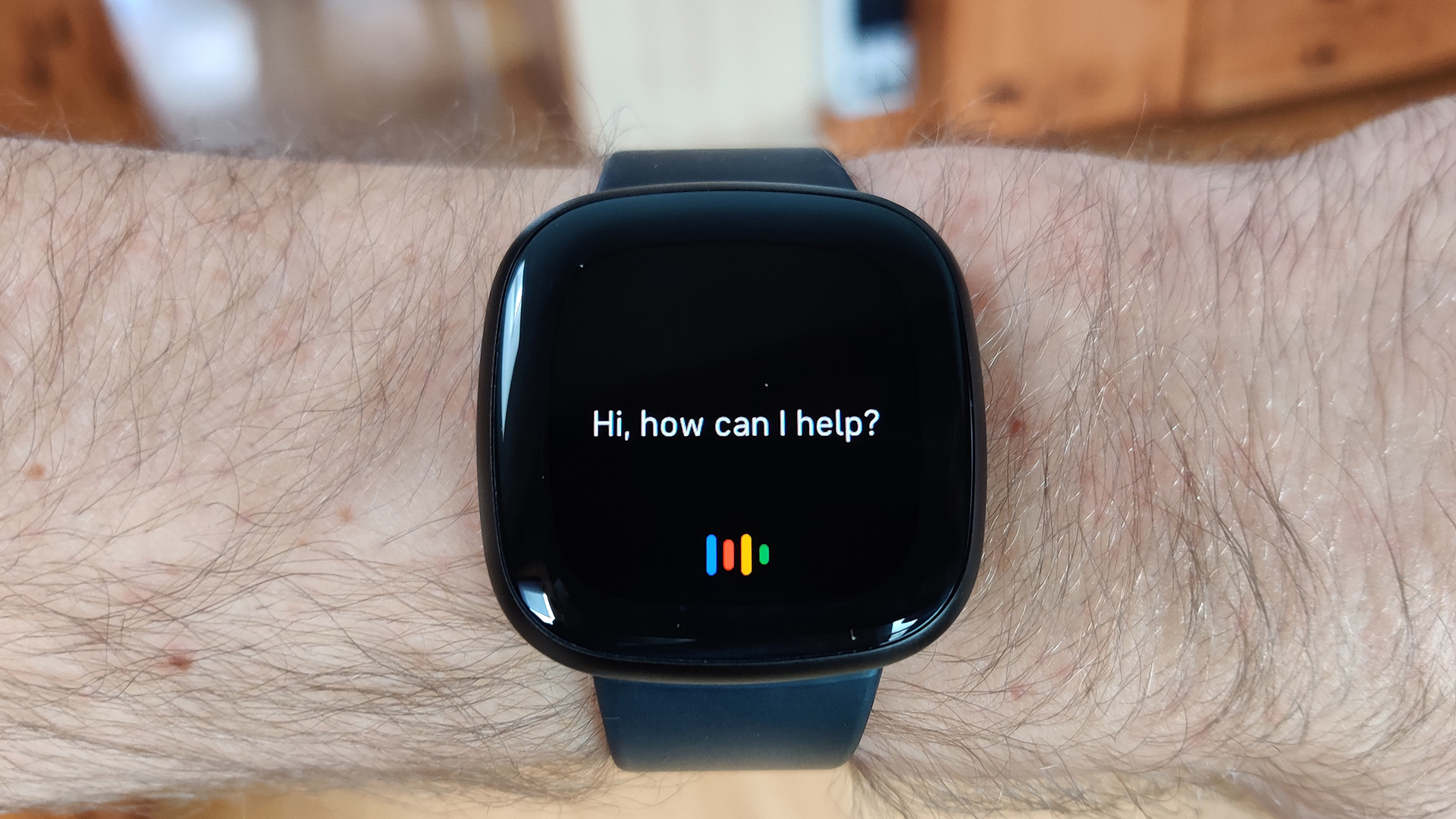





![[Update: Optional] Google rolling out auto-restart security feature to Android](https://i0.wp.com/9to5google.com/wp-content/uploads/sites/4/2025/01/google-play-services-2.jpg?resize=1200%2C628&quality=82&strip=all&ssl=1)

















![Apple to Split Enterprise and Western Europe Roles as VP Exits [Report]](https://www.iclarified.com/images/news/97032/97032/97032-640.jpg)
![Nanoleaf Announces New Pegboard Desk Dock With Dual-Sided Lighting [Video]](https://www.iclarified.com/images/news/97030/97030/97030-640.jpg)










































![Security Database Used by Apple Goes Independent After Funding Cut [Updated]](https://images.macrumors.com/t/FWFeAmxnHKf7vkk_MCBh9TcNMVg=/1600x/article-new/2023/05/bug-security-vulnerability-issue-fix-larry.jpg)




























































